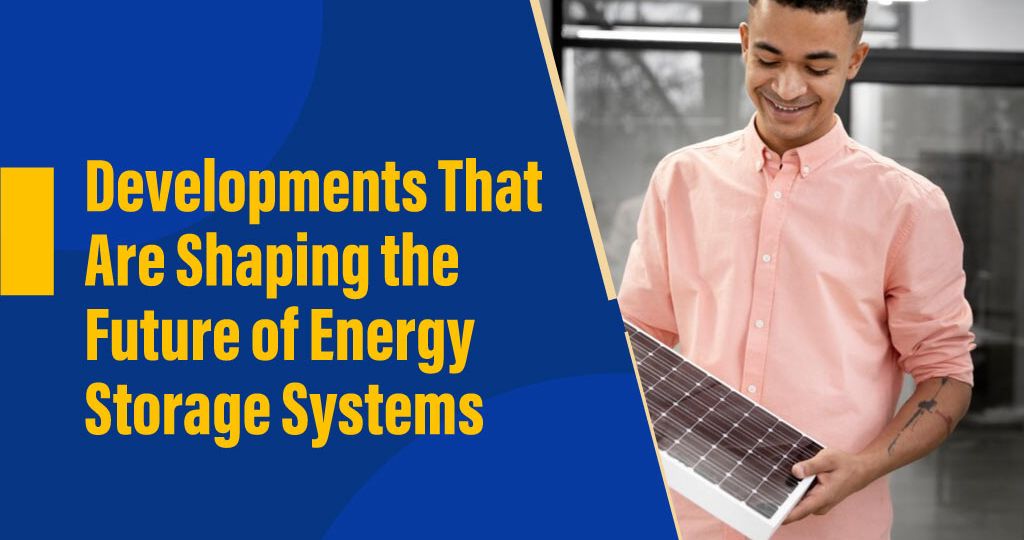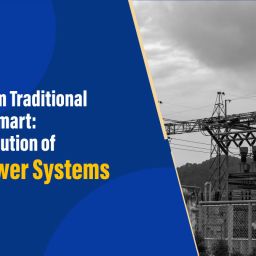
Energy storage systems are going to see a lot of change in the future as new ideas and advances in technology arise. Not only are these advancements changing the way we store energy, but they are also opening the door for a more efficient and sustainable energy future. Check the contributions of top EEE colleges in Coimbatore, known for their cutting-edge research and innovation in this field.
Next-Generation Battery Technologies
Over the past few years, there have been notable breakthroughs in battery technology. Although they are still commonly utilized, next-generation technologies are complementing and may eventually replace traditional lithium-ion batteries. For example, solid-state batteries provide increased safety, quicker charging times, and better energy densities. Leaks and fires are less likely with these batteries since they use a solid electrolyte rather than a liquid one. Lithium-sulfur and lithium-air batteries are being investigated by researchers as well; they offer even higher energy densities and cheaper costs, which makes them perfect for a range of uses, including grid storage and electric vehicles.
Flow Batteries
An important development in energy storage, especially for large-scale applications, is represented by flow batteries. These batteries enable easy scaling and long-duration energy storage because they store energy in liquid electrolytes housed in external tanks. One of the most studied battery types is vanadium redox flow, which is distinguished by its extended cycle life and safe discharge of all stored energy. Because of their modular design, they can be used in grid applications and offer a dependable and long-lasting way to balance supply and demand.
Supercapacitors
Supercapacitors, also known as ultracapacitors, are gaining traction due to their rapid charging and discharging capabilities. Unlike conventional batteries, supercapacitors store energy electrostatically, allowing them to deliver quick bursts of power. While they currently lack the energy density of batteries, advancements in materials science, such as the use of graphene and other nanomaterials, are enhancing their storage capacity. Supercapacitors are increasingly being integrated into hybrid energy storage systems, offering a complementary solution to batteries.
Hydrogen Storage
Hydrogen storage is emerging as a critical component of the future energy environment. Excess renewable energy can be used to make hydrogen by electrolysis, which can then be stored for use in combustion engines or fuel cells in the future. This technology solves the intermittent problems with solar and wind power by offering a sustainable method of storing and using renewable energy. This industry is expanding thanks to advancements in hydrogen production, storage, and fuel cell technology, which make hydrogen a practical choice for long-term energy storage and transportation.
Thermal Energy Storage
Systems for storing thermal energy allow energy to be transformed back into electricity or used for heating. At the forefront of this field are technologies like molten salt storage and phase change materials. PCMs are useful for storing energy because they can absorb and release significant amounts of latent heat during phase transitions. Concentrated solar power plants already employ molten salt storage systems, which offer a dependable and effective way to store thermal energy for the production of electricity.
Advanced Energy Management System
Optimizing the efficiency and performance of energy storage systems requires the integration of advanced energy management systems (EMS). Artificial intelligence (AI) and machine learning algorithms are used by EMS to balance energy supply from various sources, control charging and discharging cycles, and forecast energy consumption. The capabilities of EMS are further enhanced by the emergence of smart grids and IoT-enabled devices, opening the door to more dependable and efficient energy storage systems. To ensure a steady supply of electricity and integrate renewable energy sources into the grid, these systems are essential.
Second-life Batteries
Second-life batteries are becoming more widely available in tandem with the growing popularity of electric cars (EVs). These batteries can be used for stationary energy storage applications even if they are no longer appropriate for use in automobiles despite still having a sizable storage capacity. Utilizing second-hand batteries can help reduce electrical waste while expanding the energy storage infrastructure in an economical and environmentally friendly manner. This strategy not only helps to address the increasing demand for energy storage solutions, but it also promotes the circular economy.
Breakthrough developments in battery technology, supercapacitors, hydrogen storage, and other areas are shaping the future of energy storage systems. The shift towards an energy environment that is more efficient and sustainable is being spearheaded by these advances. Leading EEE institutions in Coimbatore are at the front of these advancements, educating the future generation of scientists and engineers who will keep pushing the limits of energy storage technology. The global energy industry is about to undergo revolutionary changes that will improve society and the environment as these breakthroughs take place.


